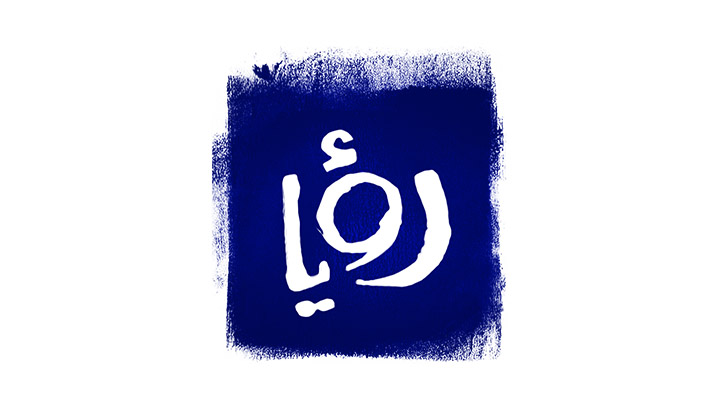How many Hajj pilgrims in 2023?
Published: 2023-06-28 08:24
Last Updated: 2025-02-24 23:55

More than 1.8 million pilgrims, most of them from abroad, joined the first hajj with unrestricted numbers since pre-Covid in 2019, when 2.5 million took part, according to AFP.
The hajj is a source of prestige and a major revenue-earner for Saudi Arabia, which is trying to pivot its oil-reliant economy in new directions including tourism.
The devil-stoning marks the start of the Eid al-Adha, celebrated by Muslims by buying and slaughtering livestock to commemorate Abraham's willingness to sacrifice his son.
Afterwards, the pilgrims return to Mecca to perform a farewell "tawaf" -- walking seven times around the Kaaba.
On Wednesday, helicopters buzzed overhead and hundreds of police officers fanned out across Mina's roads to organize the flow of worshippers.
As well as the large crowds, scorching conditions have been a major challenge for the worshippers from 160 countries, including many elderly after a maximum age limit was scrapped.
In recent years the hajj has coincided with the Saudi summer, compounded by global warming that has made the desert climate even hotter.
Tuesday's peak of 48 degrees Celsius made it the hottest day at this year's hajj. Experts have warned that temperatures of 50 degrees could become an annual occurrence in Saudi Arabia by the end of the century.
To protect themselves from the heat, many pilgrims walk with umbrellas to shield themselves from the sun, while others carry their folded prayer blankets above their heads.
More than 32,000 health workers are on hand to treat anyone struck by heatstroke or other ailments, authorities say, while bottles of water are being distributed free of charge.
The hajj started on Sunday at Mecca's Grand Mosque, Islam's holiest site, before an overnight stay in tents and then the prayers on Mount Arafat, where the Prophet Mohammed delivered his final sermon.

